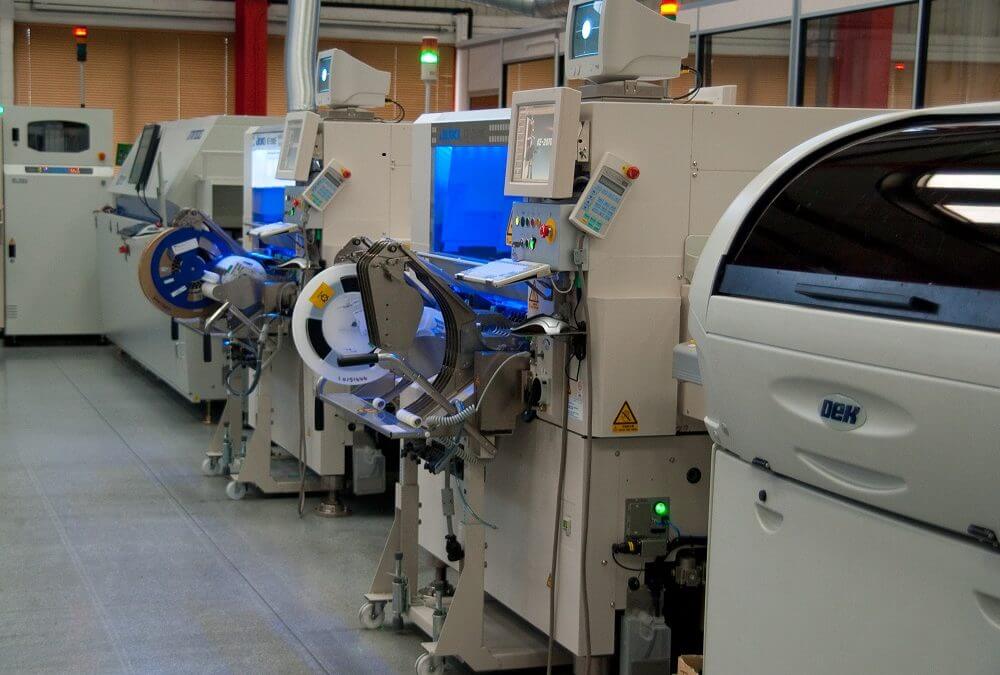Automation: Automated processes extend beyond the factory floor
Stewart Gadd, Technical Director, Chemigraphic
Industry and business is becoming more and more digitised across the board, from the way we sign in to a building to how we create reports on the activity we conduct. Offices are moving towards paperless operations, and factory systems are adopting more automated processes which boost productivity and cut time to market significantly. As a result, automation has become something of a buzzword across industry, with various techniques and systems emerging to streamline or speed up production.
In EMS, automation is instrumental not only in improving and speeding up the manufacturing process but also in reducing the risk of human error and ensuring consistency. That said, automated systems will not work effectively or efficiently unless they have been set up properly and this is where human skill and experience comes into play. The most successful EMS operations are those which combine the mass delivery and rigidity of automation with the intelligence and flexibility of those programming the machines. Human operation is also required to make sure any investments are fully justified and maximised. Anyone with spare capital can buy the latest system or machine, but using it effectively is often another matter entirely. Far too often, a new acquisition or application will sit underutilised or even dormant in a business due to ineffective or partial implementation a year later.
In terms of how we manufacture and assemble products, automated processes play a huge role in the innovative approach we take for our customers. From applying conformal coatings to protect circuitry and components in hazardous environments, to exclusive JUKI-automated kitting processes in our surface mount lines, we use smart, data driven techniques to not only increase the speed of production but also to eliminate errors and inconsistencies.

At Chemigraphic, however, the capabilities and benefits of automation reach far beyond machinery and manufacturing. Our business relies on the strength and insight provided by the data network that runs throughout the company. Collecting, analysing and acting on data, whether it relates to customer purchases, productivity levels of staff or the efficiency of internal systems, is vital in measuring and improving our overall performance. By tracking spikes, dips and other trends in the data we collect across the business, we can start to make observations on what is working well, what needs to change and successes we need to celebrate and champion.
In many ways, data collection is not a new thing. As business people and simply as people, we have always collected, recorded and analysed information and used this analysis to inform the way we develop and perform. In decades past, this data was collected manually and recorded by hand, or by mouth. Now, with computers, digital systems, the internet and the cloud, the nature of this data collection and how it’s stored has changed, as has the speed and depth with which it can be captured. Yet the principals are still the same. Watch what you do, note it down, look at what it means, and use the knowledge to do things better and more effectively.
Automation is key to our business and many other businesses without a doubt, but we need to stop thinking about it as simply a word to describe highly technical machinery. Automation is about using the tools and information we have around us to implement the best and most consistent methods of delivering the best results for us and our customers.
